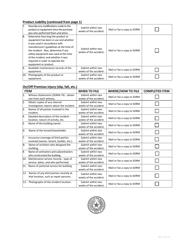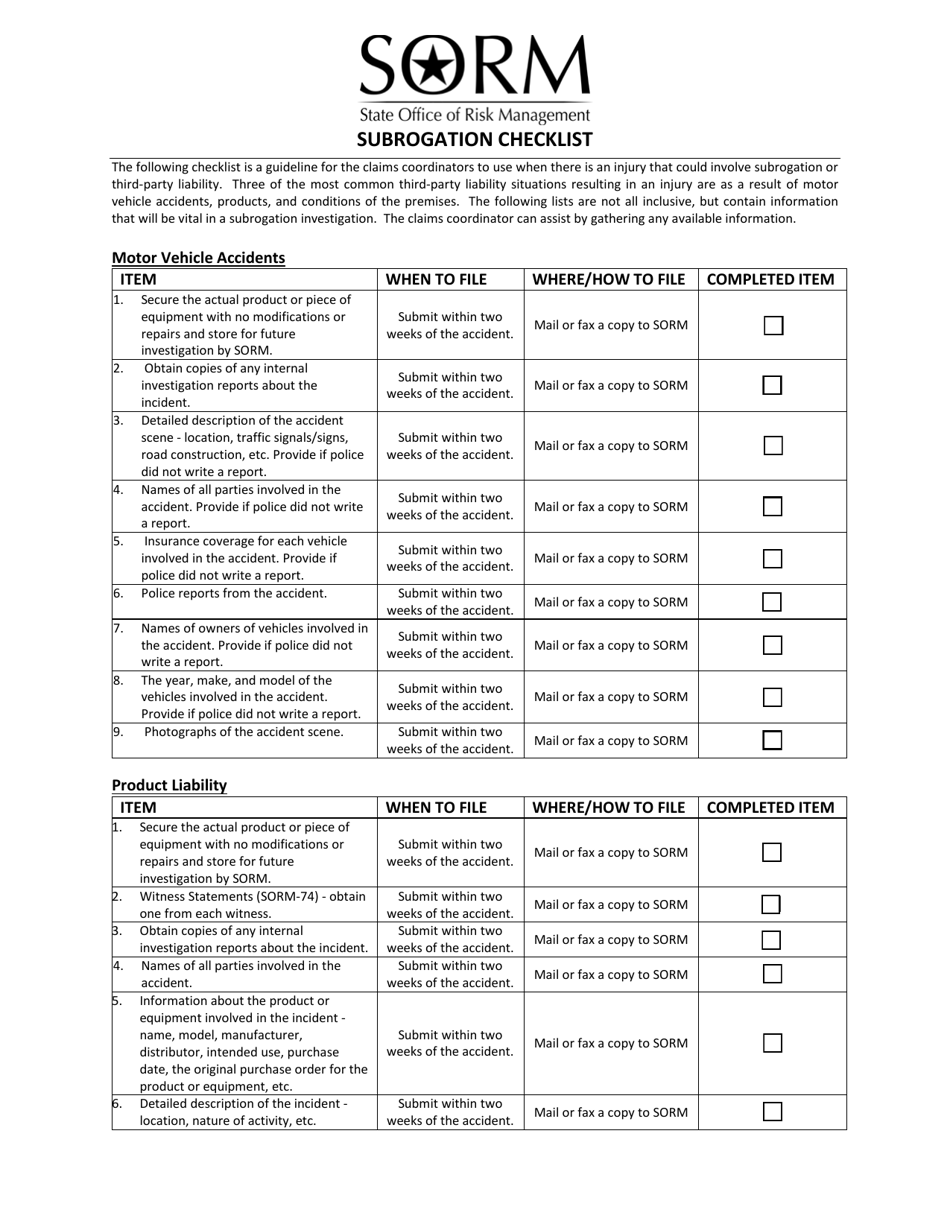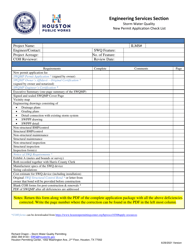Subrogation Checklist - Texas
Subrogation Checklist is a legal document that was released by the Texas State Office of Risk Management - a government authority operating within Texas.
FAQ
Q: What is subrogation?
A: Subrogation is the legal right for one party to step into the shoes of another party in order to pursue the rights and remedies of that party.
Q: Who can subrogate in Texas?
A: In Texas, both insurance companies and individuals can subrogate.
Q: What types of claims can be subrogated in Texas?
A: In Texas, various types of claims can be subrogated, including auto accidents, property damage, and personal injury claims.
Q: What is the statute of limitations for subrogation in Texas?
A: The statute of limitations for subrogation claims in Texas is generally two years from the date of the accident or loss.
Q: Can an insurance company pursue subrogation even if the insured has already been compensated?
A: Yes, an insurance company can still pursue subrogation even if the insured has already been compensated for their losses.
Q: What is the benefit of subrogation for insurance companies?
A: Subrogation allows insurance companies to recover the costs they have paid out to their policyholders, which helps in keeping insurance premiums affordable for everyone.
Q: Can subrogation be waived in Texas?
A: Yes, subrogation can be waived in Texas, but it must be done in writing and with the consent of the party waiving their rights.
Q: What should I do if I receive a subrogation claim in Texas?
A: If you receive a subrogation claim, it is important to review it carefully and consider seeking legal advice to understand your rights and obligations.
Q: Can subrogation be pursued in small claims court in Texas?
A: Yes, subrogation claims can be pursued in small claims court in Texas, as long as the amount in dispute is within the court's jurisdiction.
Q: Are there any limitations on the amount that can be recovered through subrogation in Texas?
A: No, there are no specific limitations on the amount that can be recovered through subrogation in Texas.
Form Details:
- Released on June 2, 2015;
- The latest edition currently provided by the Texas State Office of Risk Management;
- Ready to use and print;
- Easy to customize;
- Compatible with most PDF-viewing applications;
- Fill out the form in our online filing application.
Download a printable version of the form by clicking the link below or browse more documents and templates provided by the Texas State Office of Risk Management.


















